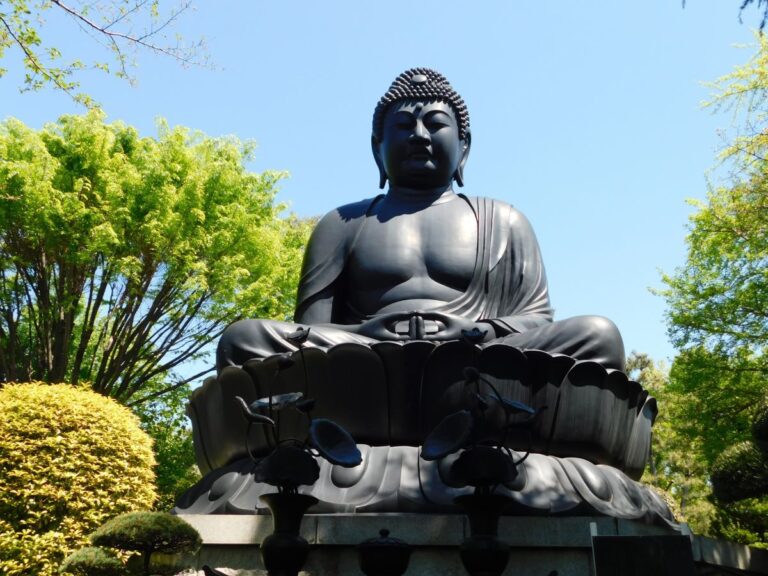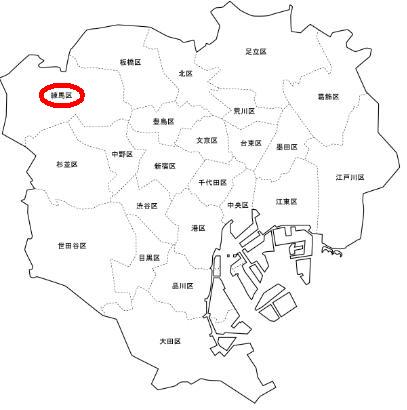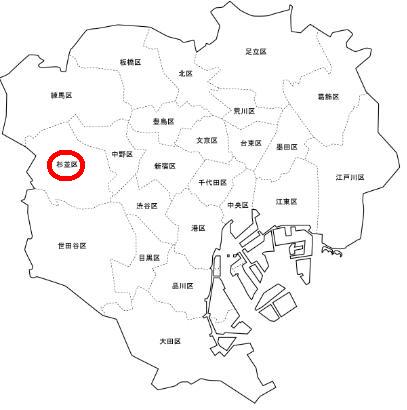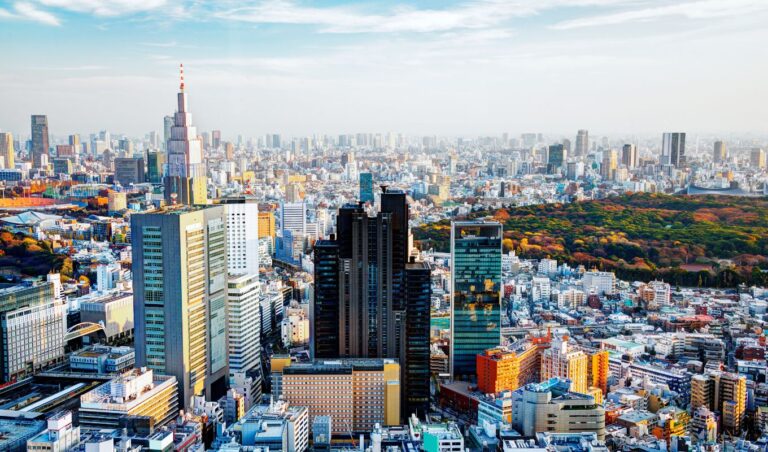
Shinjuku-ku is located slightly west of the center of Tokyo’s 23 wards, and the Shinjuku district, which flourished as a route along the Koshu-kaido highway, is the largest and busiest district in Japan.
The origin of the name Shinjuku-ku dates back to the Edo period (1603-1867). At that time, the Koshu Kaido was the main road from Nihonbashi to Kofu, and the distance from Nihonbashi to Takaido, the first inn, was long, making it difficult for travelers to get there.
The inn was built in the middle of the two, according to the wishes of Takamatsu Kiroku and others.
This inn was called “Naito Shinjuku” from the fact that it was placed in the mansion land that the Naito clan returned to the Shogunate and from the meaning of a new inn, and it became the name of the Shinjuku area.
Kagurazaka
Kagurazaka, Shinjuku-ku, Tokyo
Kagurazaka is the neighborhood between Iidabashi Station and Kagurazaka Station. The street is centered on Kagurazaka-dori, with side streets and alleyways branching off into branches and leaves, creating a townscape with an emotional atmosphere. Various events held seasonally can be enjoyed by men and women of all ages. Kagurazaka is a chic town with vestiges of the Edo period.
Shinjuku Gyoen (Shinjuku Imperial Garden)
11 Naito-cho, Shinjuku-ku, Shinjuku-ku, Tokyo
Shinjuku Gyoen is a garden that straddles Shinjuku and Shibuya wards under the jurisdiction of the Ministry of the Environment. In spring, a cherry blossom viewing party is held here, and in autumn, a chrysanthemum viewing party is held here. Within the Shinjuku Gyoen is the former Western-style wooden building, the Former Western-style Resting Place, which is designated as an Important Cultural Property of Japan. The former Chinese-style wooden building, Goryotei (Taiwan Pavilion), is designated as a historical building by the Tokyo Metropolitan Government.
Fire Museum
3-10 Yotsuya, Shinjuku-ku, Tokyo
The Fire Museum is the Fire and Disaster Prevention Resource Center of the Tokyo Fire Department. The museum exhibits materials related to the history and activities of firefighting. Fire engines, ambulances and helicopters of the past are open to the public. Free fire truck rides and photo sessions are also available.
Prince Chichibu Memorial Sports Pavilion
10-2 Kasumigaoka-cho, Shinjuku-ku, Tokyo
The Prince Chichibu Memorial Sports Museum is Japan’s only comprehensive sports museum located in the National Kasumigaoka Stadium. The museum exhibits valuable Olympic medals and the history of sports in an easy-to-understand manner. The sports library attached to the museum is said to be a treasure trove of specialized sports books and back issues of sports magazines.






